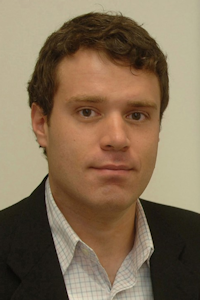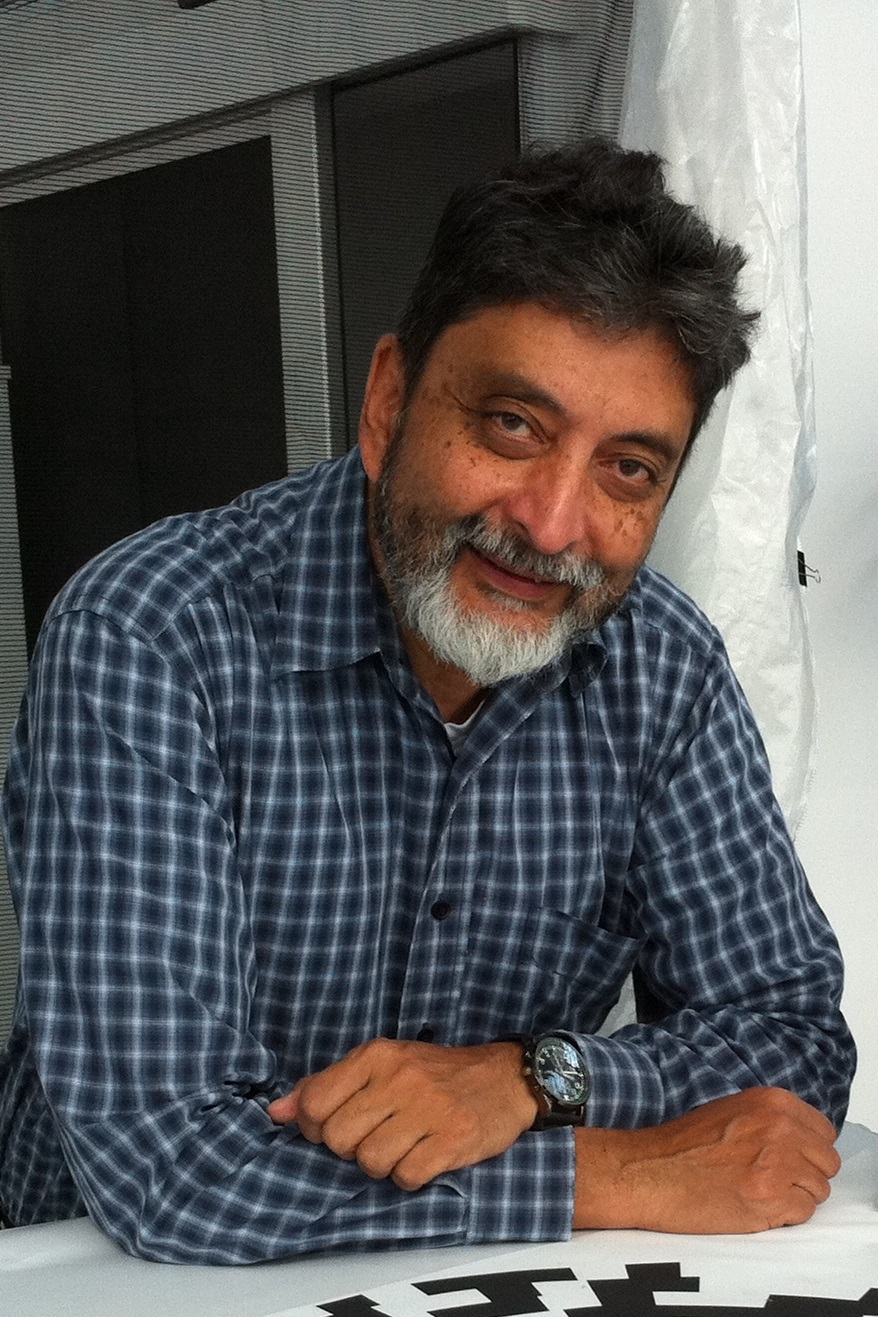Organizers: Jessica Collins & Ingrid Olson; Temple University
Presenters: Winrich Friewald, Stefano Anzellotti, Jessica Collins, Galia Avidan, Ed O’Neil
Symposium Description
Extensive research supports the existence of a specialized face-processing network that is distinct from the visual processing areas used for general object recognition. The majority of this work has been aimed at characterizing the response properties of the fusiform face area (FFA) and the occipital face area (OFA), which are thought to constitute the core network of brain regions responsible for facial identification. Recent findings of face-selective cortical regions in more anterior regions of the macaque brain in the ventral anterior temporal lobe (vATL) and in the orbitofrontal cortex casts doubt on this simple characterization of the face network. This macaque research is supported by fMRI research in humans showing functionally homologous face-processing areas in the vATLs of humans. In addition, there is intracranial EEG and neuropsychology research all pointing towards the critical role of the vATL in some aspect of face processing. The function of the vATL face patches is relatively unexplored and the goal of this symposium is to bring together researchers from a variety of disciplines to address the following question: What is the functional role of the vATLs in face perception and memory and how does it interact with the greater face network? Speakers will present recent findings organized around the following topics: 1) The response properties of the vATL face areas in humans; 2) the response properties of the vATL face area in non-human primates; 3) The connectivity of vATL face areas with the rest of the face-processing network; 4) The role of the vATLs in the face-specific visual processing deficits in prosopagnosia; 5) The sensitivity of the vATLs to conceptual information; and 6) the representational demands that modulate the involvement of the perirhinal cortex in facial recognition. The implications of these findings to theories of face processing and object processing more generally will be discussed.
Presentations
Face-processing hierarchies in primates
Speaker: Winrich Friewald; The Rockefeller University
The neural mechanisms of face recognition have been extensively studied in both humans and macaque monkeys. Results obtained with similar technologies, chiefly functional brain imaging now allows for detailed cross-species comparisons of face-processing circuitry. A crucial node in this circuit, located at the interface of face perception and individual recognition, is located in the ventral anterior temporal lobe. In macaque monkeys, face selective cells have been found in this region through electrophysiological recordings, a face-selective patch identified with functional magnetic resonance imaging (fMRI), and the unique functional properties of cells within these fMRI-identified regions characterized, suggesting a role in invariant face identification. Furthermore activity in this patch been causally linked, through combinations of electrical microstimulation and psychophysics, to different kinds of face recognition behavior. Not far away from this face selective region, experience-dependent specializations for complex object shapes and their associations have been located, and the mechanisms of these processes studied extensively. In my talk I will present this work on face processing in the ventral anterior temporal lobe of the macaque brain, its relationship to face processing in other face regions and to processes in neighboring regions, its implications for object recognition in general, and the impact of this work for understanding the mechanisms of human face recognition.
Invariant representations of face identity in the ATL
Speaker: Stefano Anzellotti; Harvard University
Authors: Alfonso Caramazza, Harvard University
A large body of evidence has documented the involvement of occipitotemporal regions in face recognition. Neuropsychological studies found that damage to the anterior temporal lobes (ATL) can lead to face recognition deficits, and recent neuroimaging research has shown that the ATL contain regions that respond more strongly to faces than to other categories of objects. What are the different contributions of anterior temporal and occipitotemporal regions to face recognition? In a series of fMRI studies, we investigated representations of individual faces in the human ATL using computer generated face stimuli for which participants did not have individual-specific associated knowledge. Recognition of face identity from different viewpoints and from images of part of the face was tested, using an approach in which pattern classifiers are trained and tested on the responses to different stimuli depicting the same identities. The anterior temporal lobes were found to encode identity information about faces generalizing across changes in the stimuli. Invariant information about face identity was found to be lateralized to the right hemisphere. Some tolerance across image transformations was also detected in occipitotemporal regions, but it was limited to changes in viewpoint, suggesting a process of increasing generalization from posterior to anterior temporal areas. Consistent with this interpretation, information about identity-irrelevant details of the images was found to decline moving along the posterior-anterior axis, and was not detected in the ATL.
The role of the human vATL face patches in familiar face processing
Speaker: Jessica Collins; Temple University
Authors: Ingrid Olson, Temple University
Studies of nonhuman primates have reported the existence of face sensitive patches in the ventral anterior temporal lobes. Using optimized imaging parameters recent fMRI studies have identified a functionally homologous brain region in the ventral anterior temporal lobes (vATLs) of humans. The human vATL shows sensitivity to both perceptual and conceptual features of faces, suggesting that it is involved in some aspects of both face perception and face memory. Supporting a role of the vATLs in face perception, activity patterns in the human vATL face patches discriminate between unfamiliar facial identities, and unilateral damage to the vATLs impairs the ability to make fine-grained discriminations between simultaneously displayed faces when morphed stimuli are used. Supporting a role of the vATLs in face memory, activity in the vATLs is up-regulated for famous faces and for novel faces paired with semantic content. The left ATL appears to be relatively more sensitive to the verbal or semantic aspects of faces, while the right ATL appears to be relatively more sensitive to visual aspects of face, consistent with lateralized processing of language. We will discuss the implications of these findings and propose a revised model of face processing in which the vATLs serve a centralized role in linking face identity to face memory as part of the core visual face-processing network.
Structural and functional impairment of the face processing network in congenital prosopagnosia
Speaker: Galia Avidan; Ben Gurion University
Authors: Michal Tanzer, Ben Gurion University; Marlene Behrmann, Carnegie Mellon University
There is growing consensus that accurate and efficient face recognition is mediated by a neural circuit comprised of a posterior “core” and an anterior “extended” set of regions. In a series of functional and structural imaging studies, we characterize the distributed face network in individuals with congenital prosopagnosia (CP) – a lifelong impairment in face processing – relative to that of matched controls. Interestingly, our results uncover largely normal activation patterns in the posterior core face patches in CP. More recently, we also documented normal activity of the amygdala (emotion processing) as well as normal, or even enhanced functional connectivity between the amygdala and the core regions. Critically, in the same individuals, activation of the anterior temporal cortex, which is thought to mediate identity processing, was reduced and connectivity between this region and the posterior core regions was disrupted. The dissociation between the neural profiles of the anterior temporal lobe and amygdala was evident both during a task-related face scan and during a resting state scan, in the absence of visual stimulation. Taken together, these findings elucidate selective disruptions in neural circuitry in CP, and are also consistent with impaired white matter connectivity to anterior temporal cortex and prefrontal cortex documented in these individuals. These results implicate CP as disconnection syndrome, rather than an alteration localized to a particular brain region. Furthermore, they offer an account for the known behavioral differential difficulty in identity versus emotional expression recognition in many individuals with CP.
Functional role and connectivity of perirhinal cortex in face processing
Speaker: Ed O’Neil; University of Western Ontario
Authors: Stefan Köhler, University of Western Ontario
The prevailing view of medial temporal lobe (MTL) functioning holds that its structures are dedicated to declarative long-term memory. Recent evidence challenges this view, suggesting that perirhinal cortex (PrC), which interfaces the MTL with the ventral visual pathway, supports highly integrated object representations that are critical for perceptual as well as for memory-based discriminations. Here, we review research conducted with fMRI in healthy individuals that addresses the role of PrC, and its functional connectivity, in the context of face processing. Our research shows that (i) PrC exhibits a performance-related involvement in recognition-memory as well as in perceptual oddball judgments for faces; (ii) PrC involvement in perceptual tasks is related to demands for face individuation; (ii) PrC exhibits resting-state connectivity with the FFA and the amygdala that has behavioural relevance for the face-inversion effect; (iii) task demands that distinguish recognition-memory from perceptual-discrimination tasks are reflected in distinct patterns of functional connectivity between PrC and other cortical regions, rather than in differential PrC activity. Together, our findings challenge the view that mnemonic demands are the sole determinant of PrC involvement in face processing, and that its response to such demands uniquely distinguishes its role from that of more posterior ventral visual pathway regions. Instead, our findings point to the importance of considering the nature of representations and functional connectivity in efforts to elucidate the contributions of PrC and other cortical structures to face processing.


